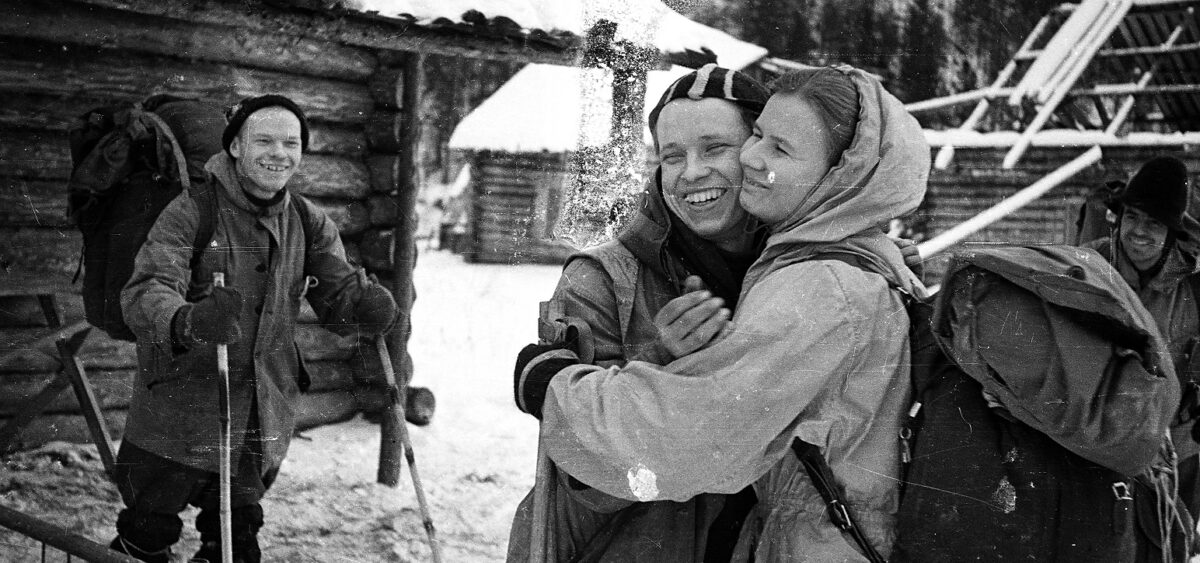
Over 60 years ago in the Soviet Union, a group of young hikers never returned from the mountains. The prosecutor’s office and the communist party opened an investigation, but the case soon fell into oblivion. Stasia Budzisz talks with Alice Lugen, an investigative journalist and the author of the book Tragedia na Przełęczy Diatłowa [The Dyatlov Pass Tragedy], about what really happened at Otorten Mountain.
In the winter of 1959, a group of students and graduates of the Ural Polytechnic set out on an expedition to the mountains. They wanted to reach the peak of Otorten in the northern Urals, to celebrate the 21st Congress of the Communist Party of the Soviet Union. The journey was led by Igor Dyatlov – an ambitious final-year student of radio engineering and an experienced mountaineer with remarkable orientation in the field. He was considered someone who always kept things under control. Nobody came back. All the hikers died in uncertain circumstances, which still haven’t been explained. The investigation concluded that their death was caused by a “compelling natural force”.
Stasia Budzisz: How did you come across this case?
Alice Lugen: I learned about it in Russian media, which I regularly follow, and right from the start I approached it with great caution. The disclosed information seemed unbelievable and almost absurd. What I found most surprising was that the investigation was supervised by Leonid Urakov – the deputy prosecutor general of the Soviet Union. In the publications on the incident one could see the names of high-profile politicians like Nikita Khrushchev, Boris Yeltsin, Andrei Kirilenko (named as a possible successor to Leonid Brezhnev) and Nikolai Stakhanov, the Minister of Internal Affairs. This is why initially it seemed to me unlikely that the quotes provided by Russian journalists were sourced from the case files.
What did those quotes consist of?
They included, for instance, some speculations about shaman’s prohibitions, the Mansi people’s sacred mountain, and local legends. In his testimony, one of the








